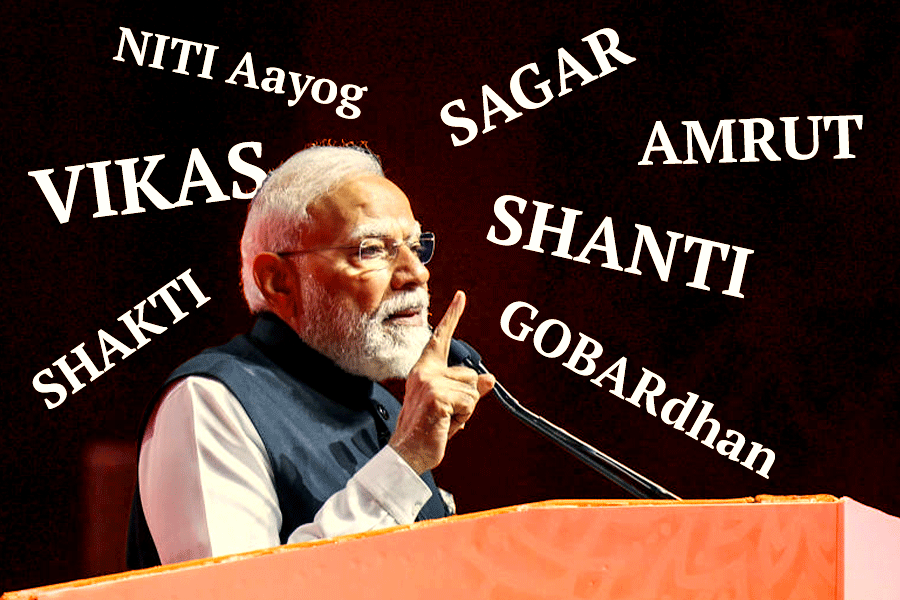All over the world, there are more than 272 million children out of school. This alarming finding was presented by UNESCO’s Global Education Monitoring Report of 2025, showing 21 million more than the last estimate. Of primary school-age children, 11% are out of school, 15% of the lower secondary age group, and 31% of the upper secondary group. This suggests that older children, probably in developing countries, tend to leave school early either to work, or simply drop out because of disinterest. This is a huge problem in India where the Lok Sabha was informed by the government that 1.17 million children are out of school. India’s target according to the National Education Policy is 100% enrolment by 2030. According to the report, fresh enrolment and attendance data account for 38% of the increase in out-of-school children. Girls in Afghanistan, for example, cannot go to high school. Recent United Nations population estimates are also responsible for 62% of the increase.
The GEMR, however, uses different methods for its model. If the data are administrative, there is no updated account of enrolment and attendance; the increase in population is considered out of school. If the basis is a survey, then the data are more accurate because countries have their enrolment and attendance for each year. The team imputes values for the years when no data are available. So they may not always be the same as the countries’ out-of-school figures. The model also depended on the census because the increase in population is a modifying factor in the final estimate. The report, however, assumes that school-age populations are stable and does not take account of crises and conflicts. These affect attendance and enrolment. Many children did not go back to school in India after Covid. Some had fallen behind, not being able to access lessons digitally; some went to work to help their families which had lost their livelihood; some were left without parents or at least the earner of their household. Conflict may not only reduce attendance, children may leave school by migration to safe zones. But it also makes data collection difficult. But even if the figures in the report are not fully accurate, the picture it gives is of an enormous number of children who would find it difficult to cope in a literate and high-tech age.











